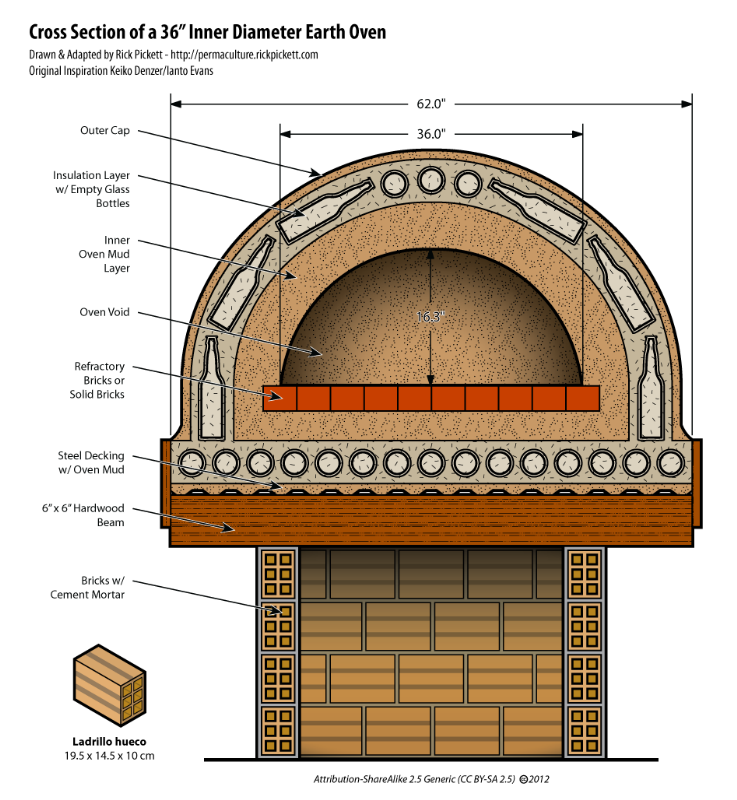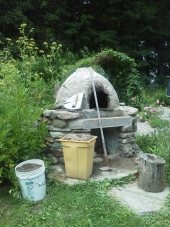
 1
1





 1
1




For all your Montana Masonry Heater parts (also known as) Rocket Mass heater parts.
Visit me at
dragontechrmh.com Once you go brick you will never go back!
 1
1








"The rule of no realm is mine. But all worthy things that are in peril as the world now stands, these are my care. And for my part, I shall not wholly fail in my task if anything that passes through this night can still grow fairer or bear fruit and flower again in days to come. For I too am a steward. Did you not know?" Gandolf




Glenn Herbert wrote:Have you actually tested some of your soil in bricks? I understand you can have material that reads as silty but performs well enough to use for cob.
 1
1








 4
4




 2
2




John Daley Bendigo, Australia The Enemy of progress is the hope of a perfect plan
Benefits of rainfall collection https://permies.com/t/88043/benefits-rainfall-collection
GOOD DEBT/ BAD DEBT https://permies.com/t/179218/mortgages-good-debt-bad-debt
 1
1









John C Daley wrote:The one thing I have learned is never to be too tight for time, when dealing with the issues covered in this whole forum.
I actually race motorcycles, but will not allow myself to be hurried at any other time.
Permaculture, homesteading self building needs thought put in to it.
It does not need jobs done twice because they were rushed.
I make the time to think, doodle and plan most things I do.
It means the outcome is usually better, sometimes even cheaper, because I have realised I can use stuff I have laying around or I make the time
to wander around a couple of junk yards I know, or even dumpsters and tips.
Perhaps consider the fine art of doing nothing for a while.
It makes jobs go faster believe it or not.




Country oriented nerd with primary interests in alternate energy in particular solar. Dabble in gardening, trees, cob, soil building and a host of others.

|
He puts the "turd" in "saturday". Speaking of which, have you smelled this tiny ad?
21 podcast review of Sepp Holzer's Permaculture
https://permies.com/wiki/54445/podcast-review-Sepp-Holzer-Permaculture
|


